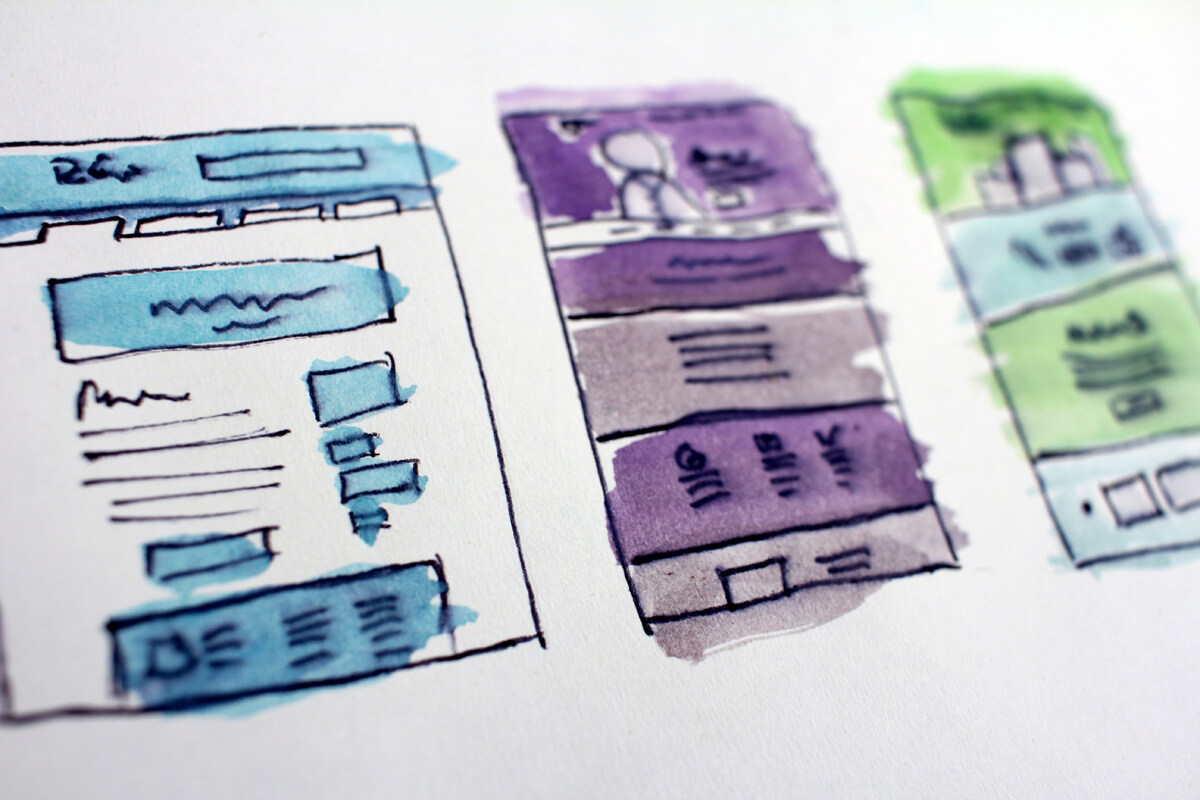Using multiple landing pages in your PPC campaigns can lead to significantly higher conversion rates as well as lower CPC (cost-per-click). The primary goal is to create a direct relationship between the content on your landing page and your ad. In doing so, it will increase both your rank and score in Google as well as reduce your overall bounce rate.
Effective PPC campaigns are much more than just choosing ideal ad words that are meant to capture the attention of your readers. Marketers are often confused concerning the post-click stage, which results from sending PPC traffic to the wrong kind of page(s).
Approximately 80 percent of all PPC traffic is sent to one of these kinds of pages:
- Product detail page
- Registration or sign-up page
- Shopping cart page
- Homepage of website
If this is where you’re sending your paid traffic, then you’re likely wasting a great deal of money. If 80 percent of your traffic is sent to one of these pages, then that means the other 20 percent is being sent to more specific web pages. Although the majority of online marketers know and understand their pages improve their overall conversion rates, many still don’t realize the full impact they have on Google’s decision concerning their QS (quality score), which ultimately means a reduced CPC in the end.
So… You should ideally send paid PPC traffic to more specific landing pages as much as possible. Here’s why:
Increase Your Conversion Rates
Your site’s landing page is probably the most obvious funnel point in order to create conversions for your marketing campaigns. In fact, many reasons why these specific kinds of pages tend to work so well to increase conversions is because they’re similar in nature to QS factors. The difference is, rather than attracting the ad bots in Google, your well-constructed landing page is responsible for turning your readers into customers.
Improve Your Overall Quality Score
It’s in your best interest to shoot for a high QS since it will improve your ad ranking, thus increasing your chances that your ad will be viewed more often and clicked on. Also, it will reduce your CPC as well, saving you more advertising dollars.
Here are some key reasons why using these kinds of unique pages to engage your PPC search traffic increases PPC conversions:
Your Landing Page and Ad Message Match
When your target audience clicks on your paid ad, they’ll usually spend about 5 seconds skimming over your content before they decide whether or not to hit the backspace button. If your ad message strongly resembles or matches the headline/content on your landing page, this tells your audience that they’re on the right page and they should continue reading. On the other hand, if they see something that’s completely irrelevant to the ad they just clicked on, they won’t hesitate to immediately click off and go somewhere else.
Use One Interaction Point
Your website’s homepage likely has a number of messages or products it’s communicating. But, a properly designed landing page will only have one interaction point or call-to-action on the page. Too many distracting interaction points create what’s known as focus dilution. Keep in mind that less is more.
Overall, landing pages are meant to simplify and increase PPC conversions both for your prospective customers and Google. This is primarily done by creating better focused messaging that will ultimately boost your QS while simultaneously reducing your CPC dollars. Also, you’ll experience a significant decrease in your bounce rate, which leads to more conversions overall. Each of these aspects combined is meant to generate a higher return regarding your success in general. Need help with your PPC management? Contact Full Circle SEM today to boost both your brand and your ROI.

